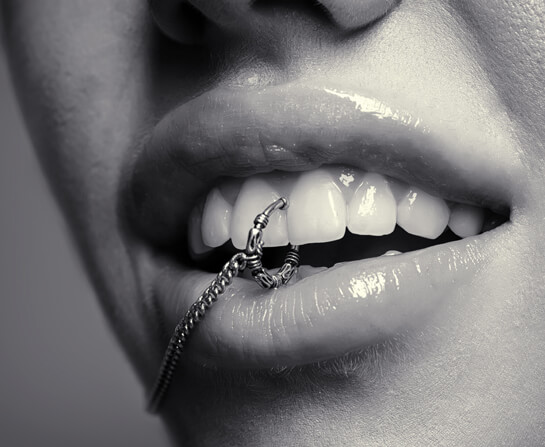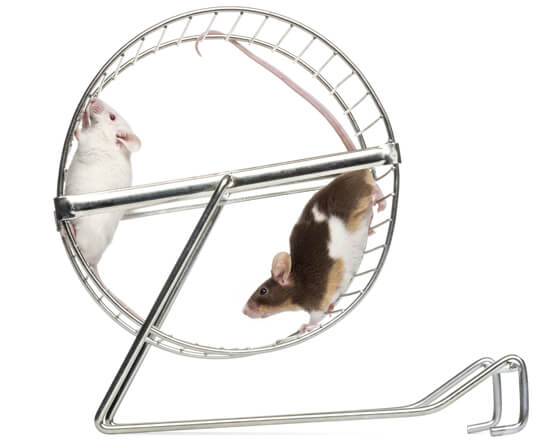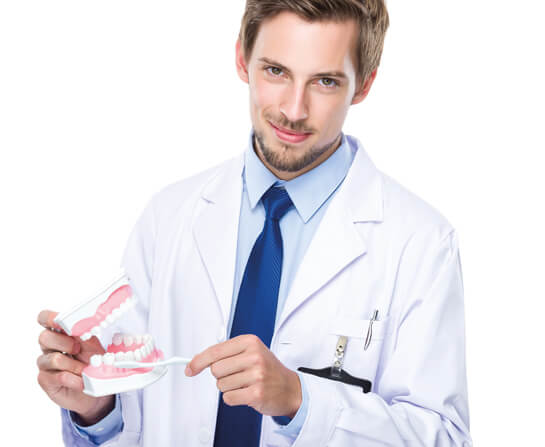A Cancer Among Men
April 25, 2022 Return

WORDS HANNAH MAY-LEE WONG

Dr Hemanth Kumar Ramasamy
Consultant Urologist & Laparoscopic Surgeon
Following this month’s theme and focus on men’s health, Dr Hemanth delves deep into the topic of prostate cancer, one of the most common types of cancer in men.
The prostate, an organ found exclusively in men, is roughly the size of a walnut. It is a gland that produces seminal fluid, which protects, nourishes and helps transport sperm. “The prostate makes 30% of semen. These fluids are essential for the sperm to survive when it is being sent to the female vagina. It’s got lots a minerals and nutrients for the health and wellbeing of the sperm,” Dr Hemanth explains.

Although the prostate plays a vital role in male reproductive process, prostate cancer rates have been on the rise, and this is certainly an issue men should take note of. Dr Hemanth tells us more in detail.
How common is prostate cancer among men in Malaysia?
From a global perspective, prostate cancer rates are the lowest in South East Asia compared to the rest of the world. Prostate cancer is quite common in the UK, and very common in the US. It is also seen more frequently among the African and American black population.
“Prostate cancer has risen to become the 3rd most common cancer among men.”
In Malaysia, data from the 2007-2011 Malaysian National Cancer Registry Report showed that only six in 100,000 people developed prostate cancer, making it the 5th most common cancer among men at the time. It’s worth noting that in the past, there were fewer urologists, screening tools and overall less awareness on the disease. A recent study conducted by the Malaysian Prostate Cancer Study Group (M-CaP) in 2018, found that prostate cancer has risen to become the 3rd most common cancer among men, occurring in every 12 per 100,000. The breakdown of demographics showed that prostate cancer is most common among the Chinese population, followed by Malays.
Urologists deduce that some of the reasons for the rising numbers could be attributed to: men in Malaysia living longer lives, our shifting diets towards a more western palette (the exact reason for this is still unknown, however studies have shown that a western or meaty diet increases the risk of developing prostate cancer). For example, Japan is a country where prostate cancer incidences are very low. But when we look at the Japanese that have migrated to the US (especially those who are 2nd generation migrants), we notice that their incidences are higher than the Japanese men living in Japan. Therefore, prostate cancer risk could have lots to do with environmental factors.
What are the risk factors of prostate cancer?
The most common risk factor is age. 80% of prostate cancers are picked up after the age of 60, and prostate cancer in men below the age of 45 is rare.
Genetics could be a factor. Prostate cancer is more common in African Americans and Caucasians, and less common in the Asian population.
Family history is very important. If a man has a 1st degree relative who has prostate cancer (like dad or brother), his risk of developing prostate cancer may be higher, and familial prostate cancer tend to appear earlier.
What are the signs and symptoms of prostate cancer?
This depends on which stage of prostate cancer a man is in. In the early stages, there could be no signs and symptoms. Some cases of prostate cancers are accidentally picked up during routine screening tests.
Some men may get symptoms of the lower urinary tract such as: difficulty in passing urine, having a burning sensation during urination, going to the toilet more often, dribbling after urination and so on. These could be the early indications of prostate cancer, but most of the time, these symptoms are associated with benign prostate hyperplasia (BPH)—an enlarged prostate, which is much more common in Malaysia.
For those with late stage prostate cancer where metastasis has occurred, they may get symptoms mainly associated with the bones, as the bones are commonly where the prostate cancer first spreads to. Prostate cancer lesions in the bone are very typical—they’re called sclerotic lesions and can be picked up relatively easily.
How often should men get their prostate checked? What are the tests available?
With the rising awareness of prostate cancer, screening is becoming more common. Usually, screening can be done in men who are above 50. Patients who have relatives with prostate cancer can opt to do screenings from as young as 45.
Screening is done via a prostate- specific antigen (PSA) test and rectal examination. When a screening programme is carried out, a couple of other tests are usually included, namely: the urine test, ultrasound and uroflow (to test urine flow for possible obstructions). Urologists also would take a detailed clinical history and may ask the patient to complete the International Prostate Symptom Score (IPSS) questionnaire.
What are the treatment options for prostate cancer?
A patient’s treatment plan would depend on several different factors including the patient’s age, the aggressiveness of his cancer and whether the cancer has spread. A trans-rectal ultrasound biopsy is usually done if the possibility of prostate cancer is picked up by a PSA test or rectal examination. It involves using a specialized probe which is put through the rectum, and biopsy samples may be taken through a needle. Small cuts of samples are taken from 12 different areas of the prostate, and these are sent to a pathologist for determining the aggressiveness (grade) of the cancer cells. Several other scans, such as bone scans, MRI or CT scans may be used to determine if the cancer has spread beyond the prostate.
Surveillance
For low-risk patients, doctors can offer patients active surveillance. Treating too early may result in complications of treatment such as erectile dysfunction, incontinence, issues with passing urine, blood in the urine, etc. That’s why for patients in this category, doctors may try to delay treatment as much as possible. During active surveillance, the patient sees his doctors every 3 months for follow-up rectal examinations and blood tests. Every 1 year to 18 months, a urologist may perform another biopsy to monitor the cancer’s progress. If signs show that the cancer is progressing, the patient may opt for treatment.
Watchful waiting is another option, for patients with a less aggressive cancer or for those who are advanced in age.
Radiotherapy & Surgery
For intermediate and high-risk patients, definitive treatment options such as radiotherapy or surgery are available. Radiotherapy can be divided into external beam radiation and brachytherapy. With external beam radiation, radiation comes from outside the body and is directed to the prostate cancer. With brachytherapy (there’s a certain criteria for patients who are suited for it), radioactive seeds are placed into the prostate, and these seeds deliver low doses of radiation over time to kill cancer cells. The surgical option is called a radical prostatectomy. It can be done as open surgery or via robotic prostatic surgery.
Hormonal Therapy
For patients who have locally invasive and metastatic disease, they can consider hormonal therapy. Prostate cancer is fuelled by testosterone, and hormonal therapy is used to cut down testosterone levels in the body—in doing so, cancer cells may die off. Sometimes, hormonal therapy may be given to those with locally invasive disease, to shrink the tumour first, before going for radical surgery. If the newer hormonal therapies don’t work for patients with metastatic disease, they can choose to go for chemotherapy.
In summary, patients should work with their doctors to choose a treatment plan most suited to their condition. HT
If you like this article, do subscribe here.



 Cathie Wu
MA Coun Psy (CAN, USA)
Director and Counselling Psychologist
AbriMentalHealth.com
“Broken people don’t hide from their monsters. Broken people let themselves be eaten.”− From Eliza and Her Monsters by Francesca Zappia
Nobody’s perfect. We all have our own insecurities, jealousies, disappointments, and regrets. Sometimes, they manifest outward, turning us into the type of people that we don’t wish to be.
In the first of a special two-part feature, psychologist Cathie Wu shares with us her thoughts on the inner demons that can lurk in our minds, and how we can cast off these inner demons to become someone less fractured— someone that we will be proud to be.
Cathie Wu
MA Coun Psy (CAN, USA)
Director and Counselling Psychologist
AbriMentalHealth.com
“Broken people don’t hide from their monsters. Broken people let themselves be eaten.”− From Eliza and Her Monsters by Francesca Zappia
Nobody’s perfect. We all have our own insecurities, jealousies, disappointments, and regrets. Sometimes, they manifest outward, turning us into the type of people that we don’t wish to be.
In the first of a special two-part feature, psychologist Cathie Wu shares with us her thoughts on the inner demons that can lurk in our minds, and how we can cast off these inner demons to become someone less fractured— someone that we will be proud to be.
















